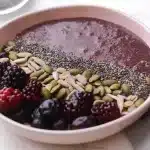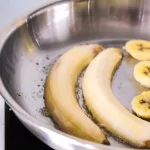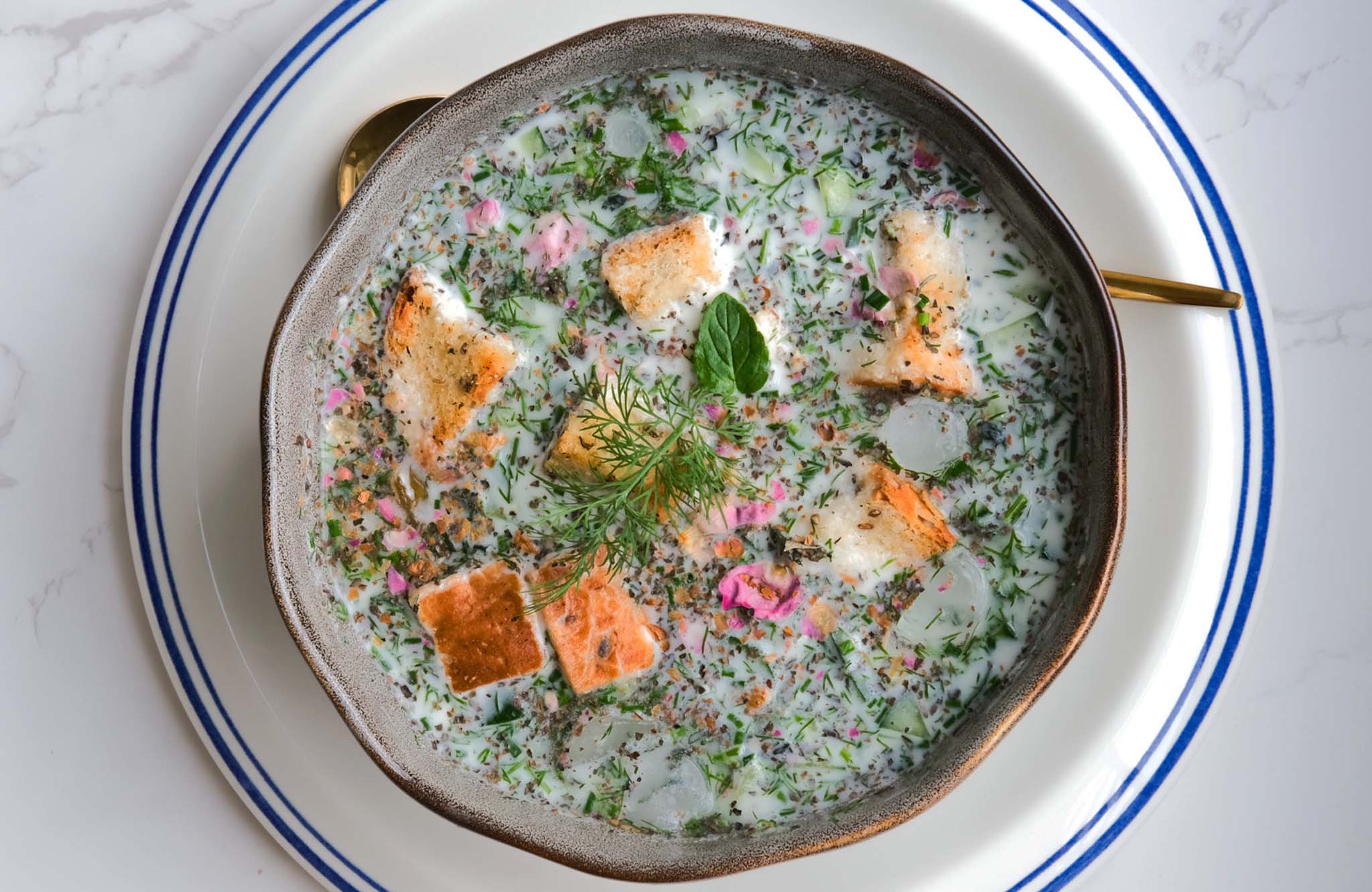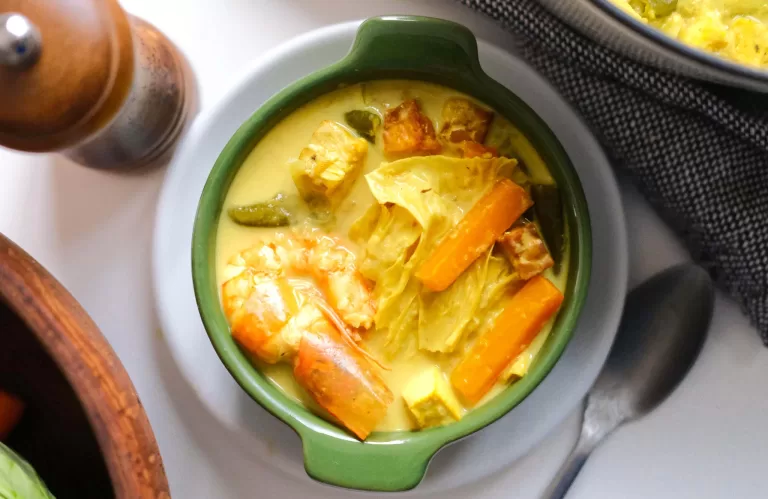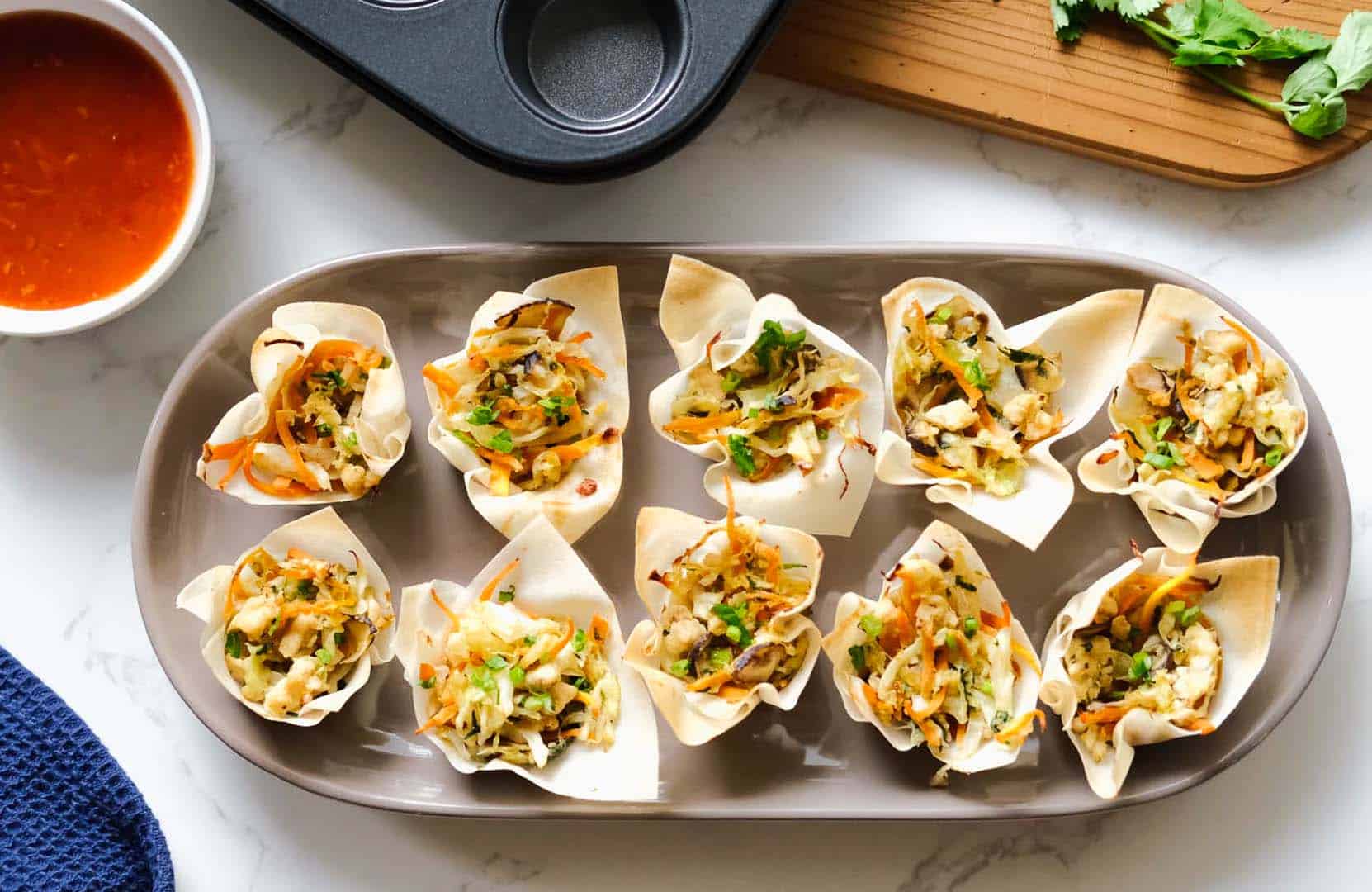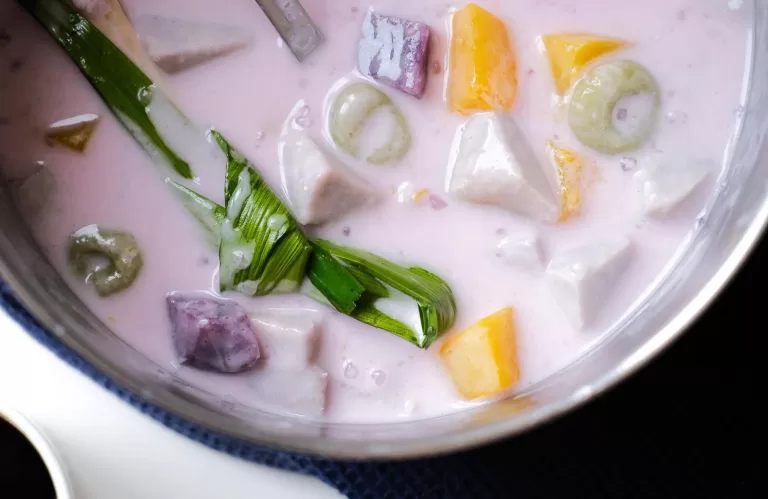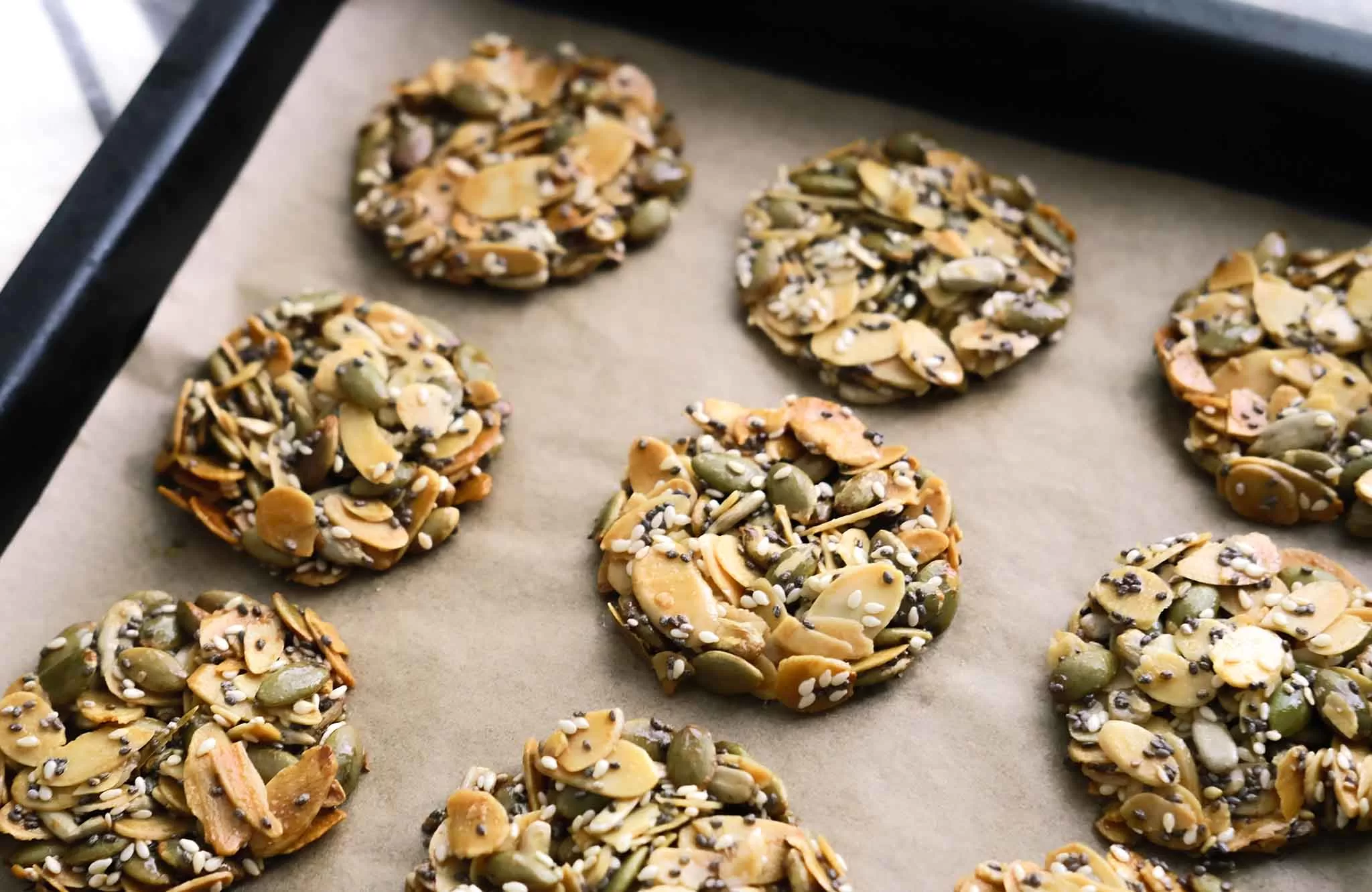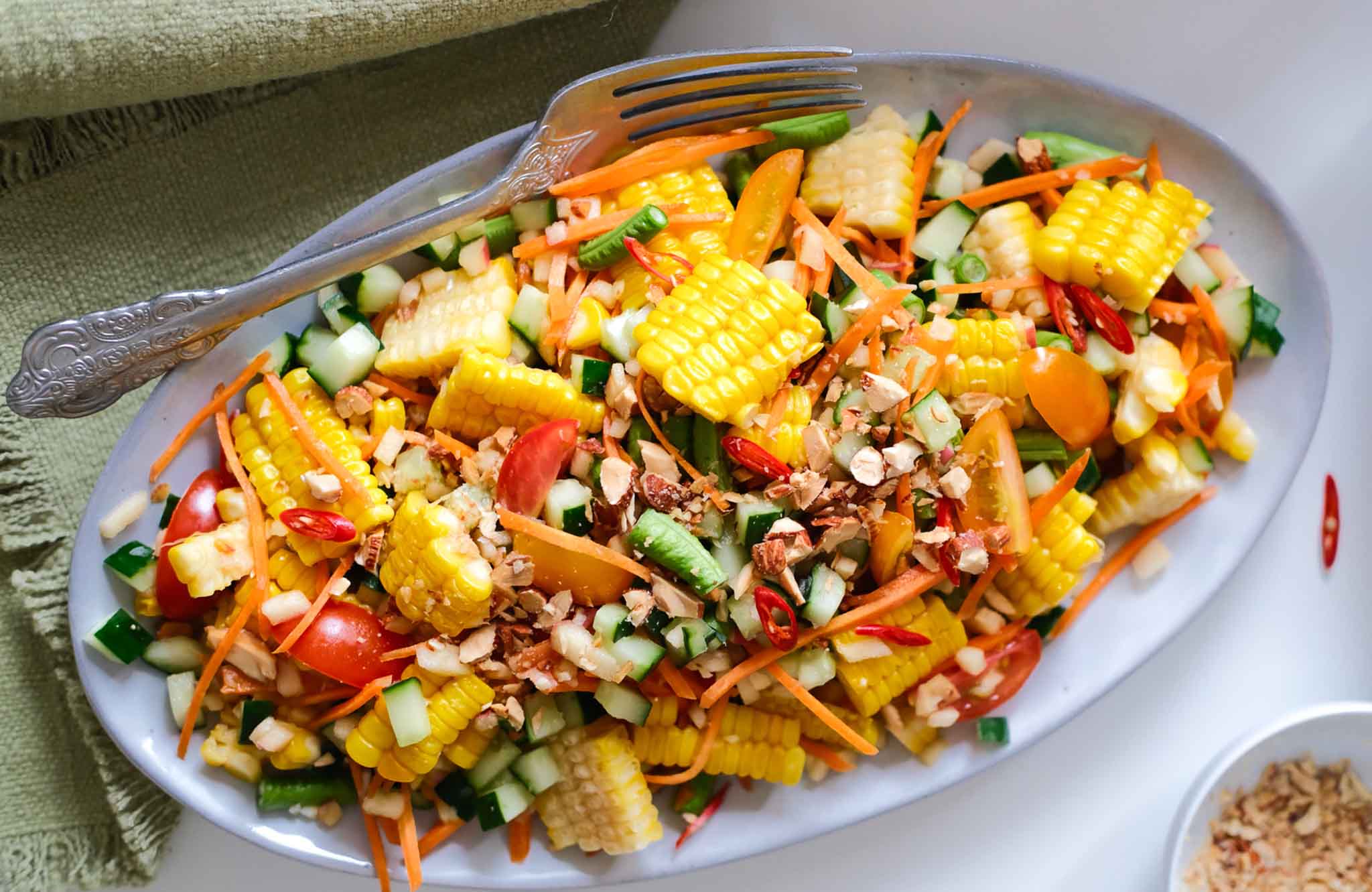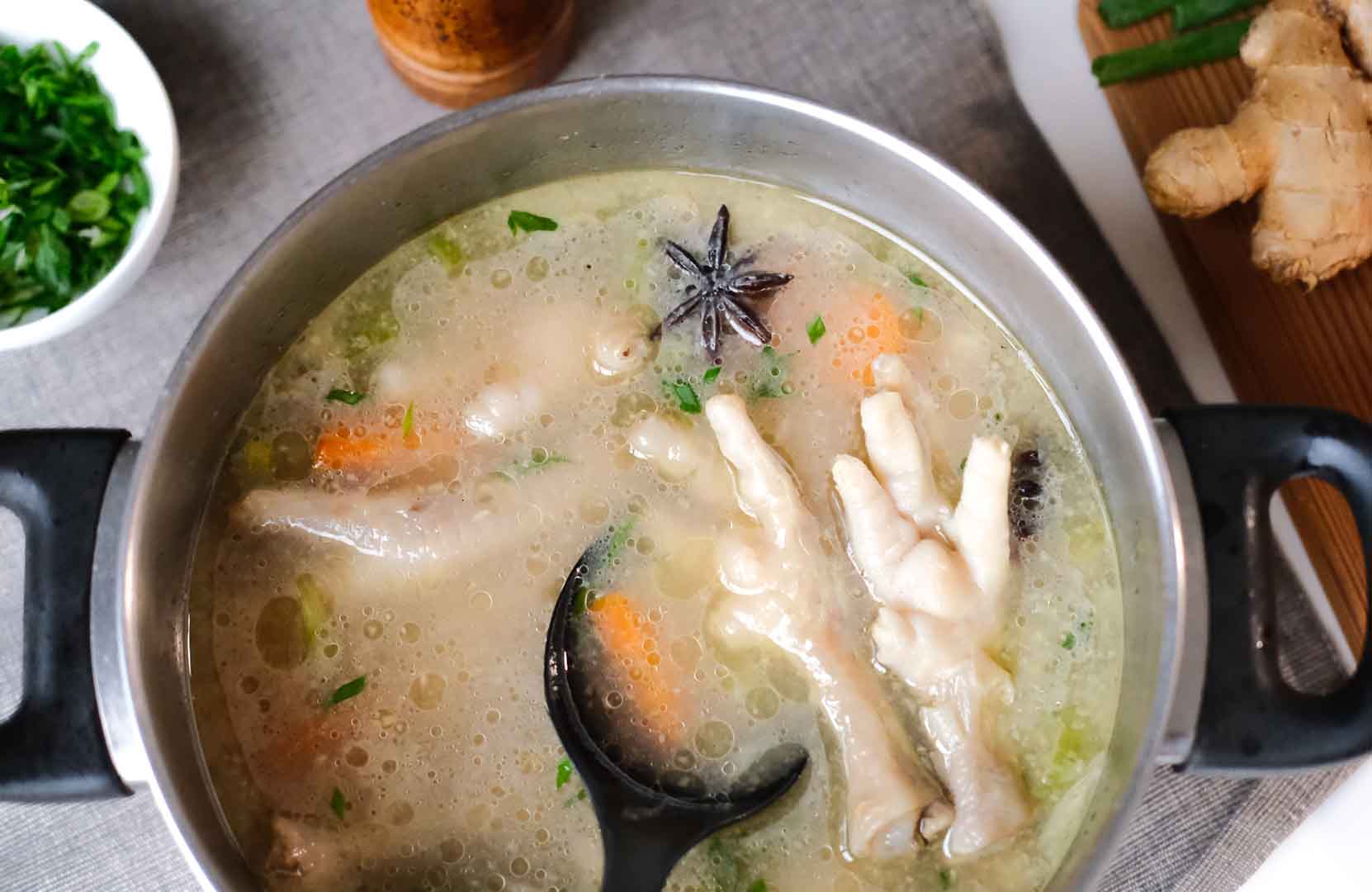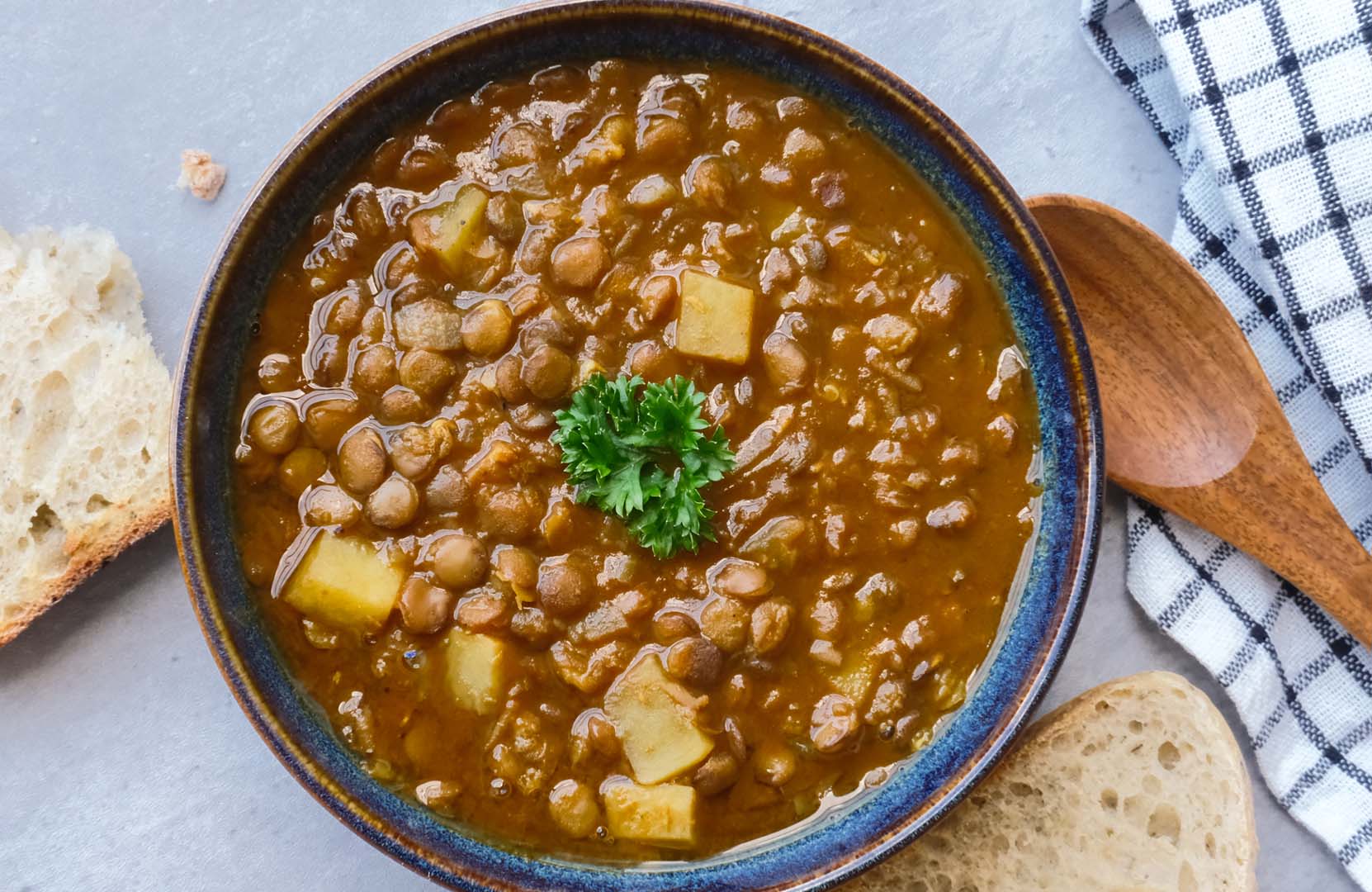Whether you are trying to eat healthy, lose weight, or struggle with health limitations, reducing highly processed foods or ready-to-eat foods will help you to live your healthiest life. Though quitting might sound challenging at first, it is achievable with these beginner-friendly tips.
You might consume it more than you think.
When I started venturing into the anti-inflammatory diet, it opened my eyes to how much highly processed junk we have been incorporating into our diet every day, consciously and unconsciously.
The obvious one, of course, the mass-produced foods: fast, instant, and frozen foods, including sausage, chicken nuggets, burger patty, sodas, chips, and crackers (keep scrolling for more), are the unhealthiest in the unhealthy food group. These highly refined foods can cause inflammation that will lead to chronic illness in the long run if you keep on consuming them without monitoring the amount taken.
They also come in many forms that we might not notice have been part of our meal, like ketchup, soy sauce, mayonnaise, salad dressing, white sugar, white flour, white rice, chicken bouillion, and some types of cheese.
These, too, have been going through several processes in which the nutrient compounds have been stripped away, leaving us empty calories, sugar, sodium, unnatural flavoring, coloring, and all the strange chemicals that are not meant to be our food.
Challenges in reducing highly processed foods
Quitting immediately can be challenging at first. Our taste buds are used to highly palatable foods from the flavoring, designed to make us crave more. And with the world going on too fast, leaving us no time to think and prepare nourishing foods. Not to mention the pressure of a demanding world, triggering us to fill that void with emotional eating and leaving us with a toll on our health in the long run.
The saddest part is the majority of us only realize when it’s too late. I was diagnosed with Psoriasis in my mid-20s. And since no one in my family has the same condition as me, and I have always been physically active during school and university, I can only blame it on food. I cannot wear whatever without feeling insecure about my plaque, and I know if I don’t take charge of my diet and lifestyle, it will affect many aspects of my health.
The tips below are how I’m slowly reducing highly processed foods in my diet over the years. Food means so much in my family and my community, especially growing up in Malaysia, where ‘Have you eaten?’ is the way of greeting people, and healthy eating is only common if you are either chronically ill or trying to lose weight.
Beginner’s Guide to Reducing Highly Processed Foods
1. Substitute highly processed foods for unprocessed & minimally processed products.
As we have integrated highly processed foods into our diet, it has become a norm to have certain processed ingredients in the foods. Therefore, swapping highly processed for unprocessed or minimally processed foods can help reduce the cravings and the need for processed foods.
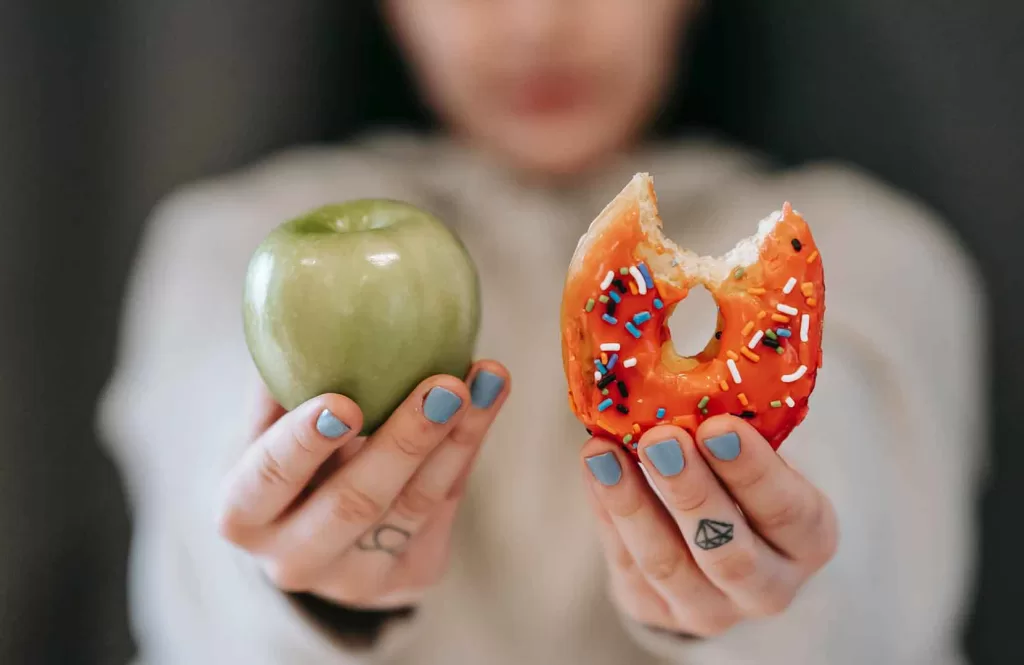
Before we go further, it’s important to understand different classes of processed foods to understand the types of food we should omit or reduce. According to NOVA (category of foods according to the purpose and extent to which foods are processed), there are 4 groups of foods.
Group 1 – Unprocessed or minimally processed foods
Unprocessed are fresh foods like fresh vegetables, fish, and fruits. Minimally processed foods are the ones derived from fresh ones and are minimally altered with simple processes like washing and packing in a way that the food doesn’t lose its natural form. Example: Frozen berries without any additional additives. These are the groups we should take most in our diet.
Group 2 – Processed culinary ingredients
This group of foods is extracted from its natural form, to be used in the preparation of foods from ‘Group 1’. The process includes pressing, refining, grinding, milling, and spray drying. For example: Honey and Salt.
Group 3 – Processed foods
These foods are a combination of Group 1 and Group 2 foods, typically consisting of 2-3 ingredients. The purpose of processing is to increase the durability, modify, and enhance their sensory qualities. The processes include various methods of cooking and fermentation without alcohol. Examples: Canned foods, cheese, and freshly made bread.
Group 4 – Ultra-processed/ highly processed foods
Foods in this group are made through industrial processes, typically with five or more and usually many ingredients. The products are mostly ready to eat, drink, or heat. Therefore, they contain chemical ingredients to make them more attractive, tasty, durable, etc. Examples are snacks, sodas, and instant noodles. Group 4 foods are the ones that we should reduce as much as we can in our diet.
To simplify this, choose foods that are as natural as possible and start with the natural foods you love. If they come in packaging, find something minimally processed or the process criteria in group 2. To know that, you need to read the label, which is a crucial part of determining which foods belong to which group.
My rule of thumb is I would choose the ones that are labeled all-natural and with as few ingredients as possible without additives, artificial coloring, flavoring, or excessive sugar that comes in many names as a disguise, and the ones with many chemicals you can’t pronounce.
Here, I compiled the common highly processed foods I have swapped for healthier options, mostly belonging to group 1 and group 2 processed foods.
Highly processed foods swap
| Highly Processed Foods | Fresh/Minimally Processed Swap |
|---|---|
| Ice cream | Homemade ice cream using fruits and yogurt |
| Ham | Lean beef, grass-fed beef, any plant-based swap |
| Sausages | Marinated chicken, roasted chicken, any plant-based swap |
| Crackers | Seeds and nuts |
| Commercial bread | Sourdough bread, homemade bread |
| Breakfast cereals | Homemade popcorn, air-fried tempeh |
| Chips | Homemade popcorn, air fried tempeh |
| Carbonated drinks | Freshly squeezed juice, lemon tea, herbal tea, green smoothies |
| Fruit-flavoured yogurts | Greek yogurt with berries or other sweet fruits |
| Instant soups | Freshly cooked soup |
| Instant noodles | Freshly cooked noodle |
| Instant porridge | Freshly cooked porridge |
| 3 in 1 drinks | Homebrew black coffee, tea |
| Coffee creamer | Milk / plant-based milk |
| Alcoholic drinks | Wine, Kombucha |
| Frozen pizza, desserts | Freshly made |
| Pancake syrup | Homemade popcorn, air-fried tempeh |
| Chicken bullion | Honey/maple syrup |
| Candy & desserts (mass-produced in the factory) | Dark chocolate, sweet fruits, homemade desserts |
| Sugar | natural honey, all-natural palm sugar, fruit juice, dates, date syrup |
| Condiments – with preservatives, flavoring, high sugar, and sodium content (Check the labels. The fewer ingredients, which are mainly natural ingredients, the better). | Extra virgin, cold-pressed, low-sodium, no preservative, high quality with minimal ingredients. |
If you normally pick foods from the dry food aisle of the grocery, it’s time to shop from the fresh area of the grocery. Or try to explore the local market or artisan market rather than a huge supermarket. You might have a different perspective once you see what the new places have to offer.
2. Eliminate highly processed food in your pantry.
Now you know what you can swap highly processed foods with, this part might be easier. Especially if the ratio of highly processed foods in your pantry vs. fresh products is higher, you might want to consider Marie Kondo’ing your kitchen.
It is easier not to have than to handle the temptation unless you have a strong sense of self-control. Sometimes, our mind can be naughty, especially when the emotion takes over. I noticed that I make bad decisions when I’m hungry or tired, so I prefer not to have them.
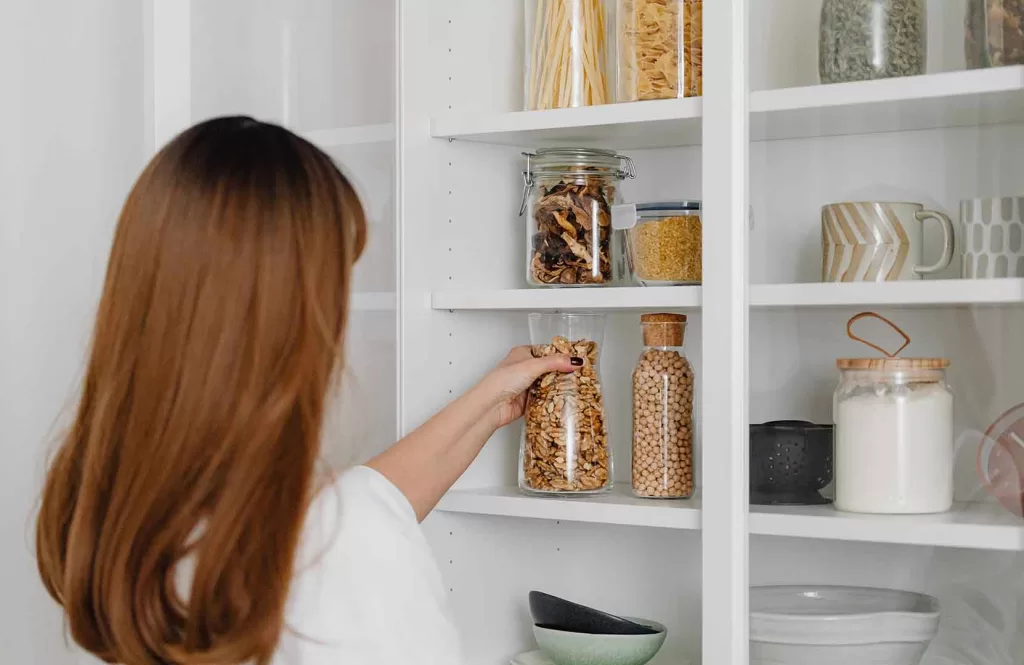
Foods from the first column list above are either high in trans fat, sugar, and sodium or all of them. They contain chemical preservatives, flavoring, and coloring that are often culprits to many chronic diseases. Since we all have a limited calorie intake per day, filling them with high-calorie-empty-carb foods will allow only limited space for foods that matter to our bodies.
Additionally, these foods often trigger a higher level of dopamine. When you have too much of highly palatable foods that excite you, the natural foods that nourish your body seem not so fun anymore. So, taking a break from them while practicing self-control over unhealthy foods, sooner or later, will give you dopamine from healthy foods, too.
3. Cook food from scratch.
Cooking from scratch is the ultimate tip for reducing highly processed food in your diet. The main reason is that you can control the ingredients, including the quantity, and tailor the taste to your liking. I am pretty skeptical about takeout foods, even if they are healthy, so I always prefer to cook at home. Check out my Asian and Mediterranean-inspired recipes using whole foods and minimally processed ingredients.
If you think you are not a good cook, there are a lot of recipes out there for beginners that are quick and use minimal ingredients. One of the best things about eating healthy is the preparation part, which usually doesn’t take many cooking steps.
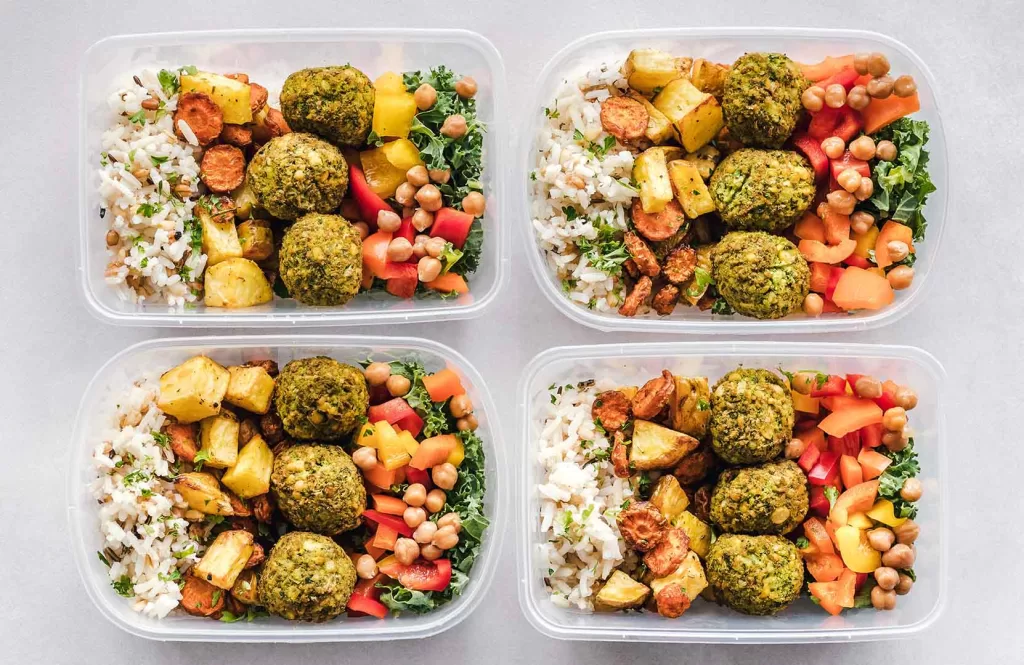
But if you are busy and don’t have time to cook every day, I recommend doing meal prep. Prepping foods earlier saves me time from deciding what to eat every day or cook every night. My meal prep is every Sunday, where I cook foods in bulk to cater to the week.
Meal prep will require batch cooking. When you cook food earlier in large batches, divide it into individual portions, then pack and freeze them to consume over weeks or months. Additionally, you can make different types of recipes in large batches, so you have a few options to choose from if you hate eating the same food every day.
To help with meal prep, I sometimes buy ready-to-cook ingredients. Some foods require numerous steps to prepare, so those ingredients help to save time during my cooking process. By ready-to-cook, I mean natural and minimally processed foods, as mentioned above, like garlic paste, minced chicken, and cut fruits.
4. Have a grocery list.
Having a grocery list filled with fresh foods and adhering to it helps you to be consistent with the healthy ingredients. This leaves you less options to opt for convenient foods. Additionally, helping you to avoid impulse purchasing and stick with your grocery budget, too.
My trick for creating a consistent grocery list without having to rack my brain before my grocery trip is to add the ingredients to the list as soon as they are finished. Sometimes I change to different types of foods in the same category to make my foods more varied and interesting. For example, if my broccoli is finished, I add cauliflower to the grocery list.
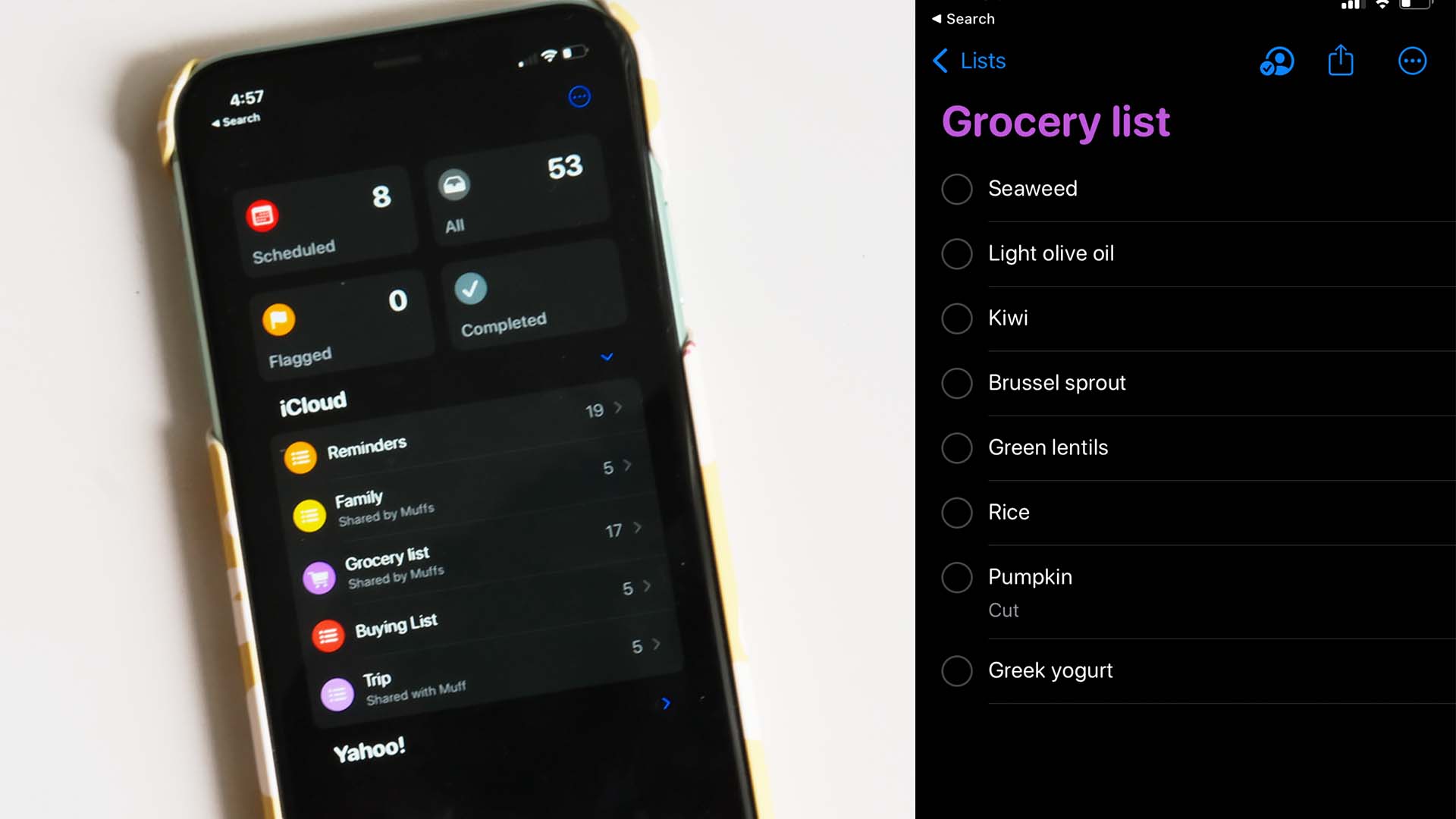
If you are trying to get the most nutrition from foods rich in vitamins, minerals, and antioxidants, check out my Anti-inflammatory Food Grocery List. The list will benefit you if you are on the Mediterranean, anti-inflammatory diet or simply trying to eat healthy.
5. Include your loved ones in this health journey.
If you are living with someone else, whether your family, partner, or kids, it could be tough at first to do this while the rest are eating like before, and it tempts you to give up. Perhaps try including them in the journey; you want the best for yourself as well as for them.

Talk to your partner or family members that you are going on this journey. They deserve to know the benefits behind this to you and them.
However, if they are not interested in joining you on this journey, try to set clear boundaries and rules. You might want to ask for support from them by not talking about those comfort unhealthy foods or eating in front of you until you can handle the temptation yourself.
There might be something you cannot control, perhaps take it as practicing your self-control. Nevertheless, reducing processed foods not only benefits your own health but can also create a healthy environment in your house.
6. Consume less unhealthy food-related content from the media.
While I understand the saying ‘you are what you eat,’ I can’t help but feel it narrowly defines who we are. To me, the broader way of seeing is you are what you consume, encompassing not just food but the information, experiences, and energy from people around you.
Believe it or not, media have the power to shape our identity. Perhaps you might have noticed the more you watch or react to something on social media, the more you will see similar types of content. How? The algorithm is built to show you more related content you have been watching or reacting to.
And the more you see them, the more they will be ingrained in your brain, and that might affect your decision-making. I noticed some of my cravings came from seeing foods in the media until I stopped consuming unhealthy food that triggered my craving.

I sometimes click on some of those suggested unhealthy food content and, from the options, choose “I’m not interested in this type of video”. Doing this will show you less of these types of content and help reduce the cue that reminds you of those unhealthy foods.
Conclusion
Reducing highly processed foods can be challenging if they are a big part of your diet. Highly/ultra-processed foods are made with nasty ingredients in which the nutrients have been stripped away, leaving you with calories and empty carbs. These foods can cause many chronic diseases in the long run if you consume them in excess.
Tips to reduce highly processed foods include:
- Swapping the highly processed foods for unprocessed or minimally processed foods you like.
- Cooking food from scratch.
- Having a grocery list.
- Including your family in the journey.
- Reducing consumption of unhealthy food from media.
I hope these tips will be helpful for you in your journey to reducing processed foods in your daily food intake. Leave me a comment below if you have any challenges or any other tips that you can share.




